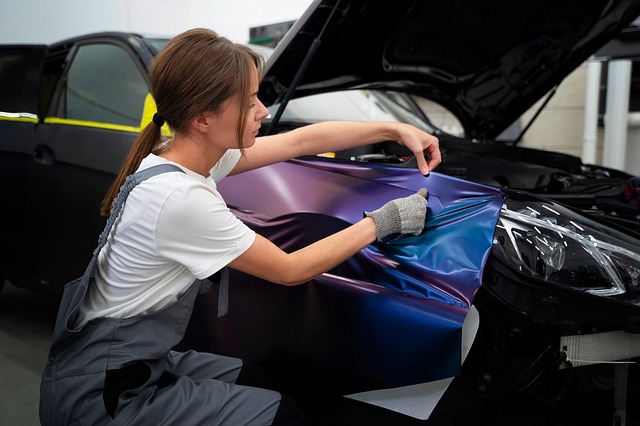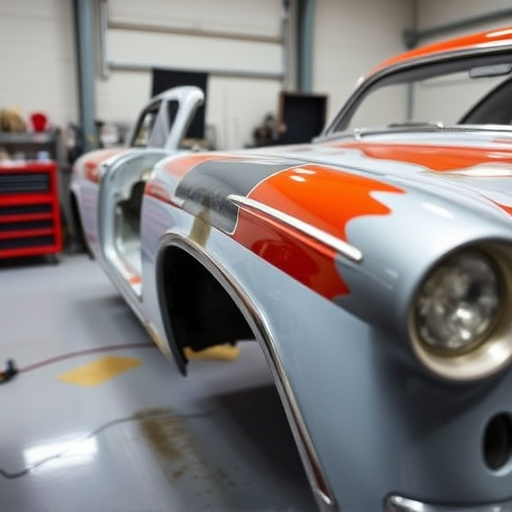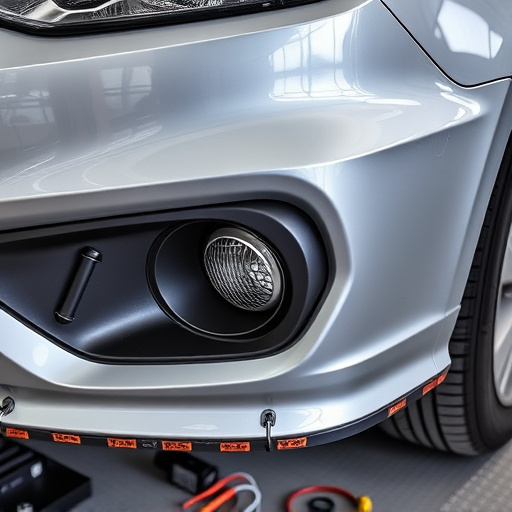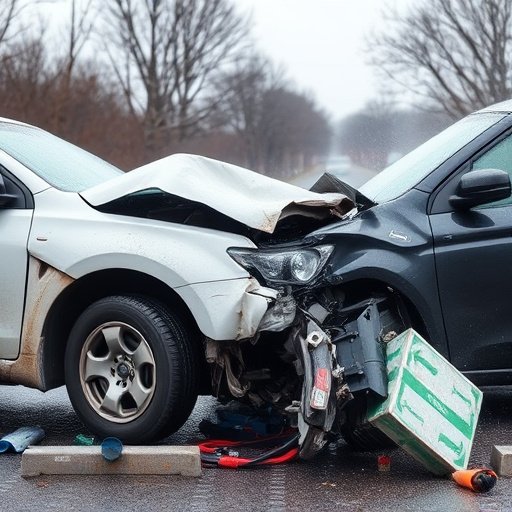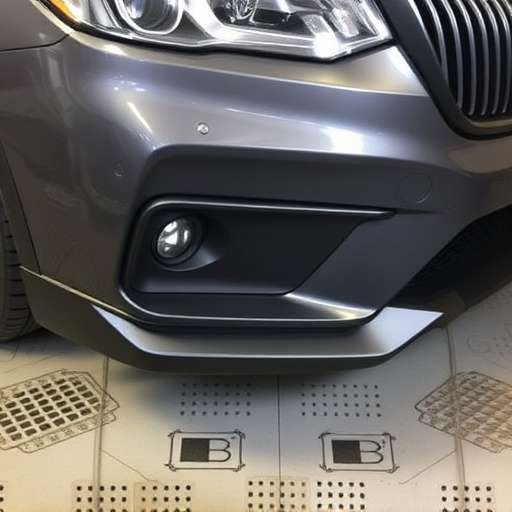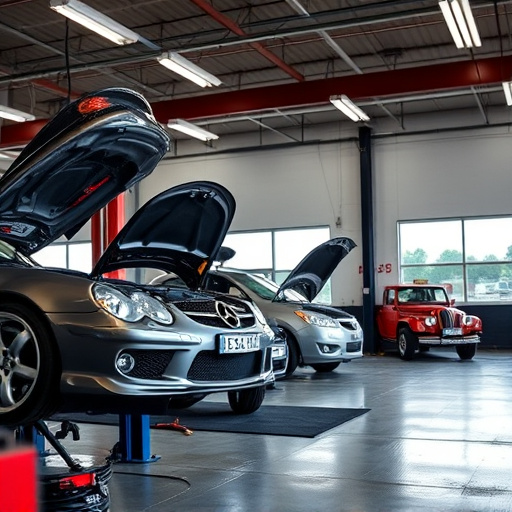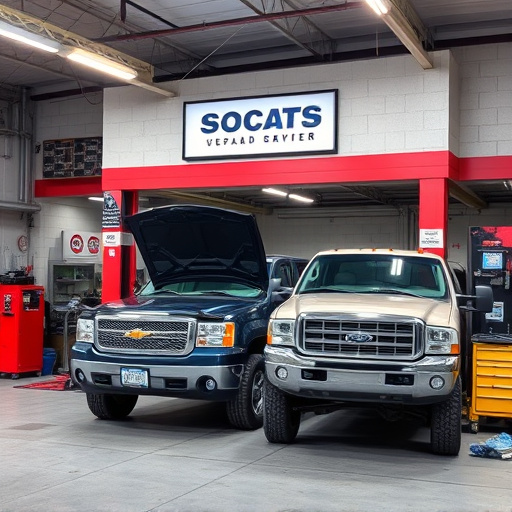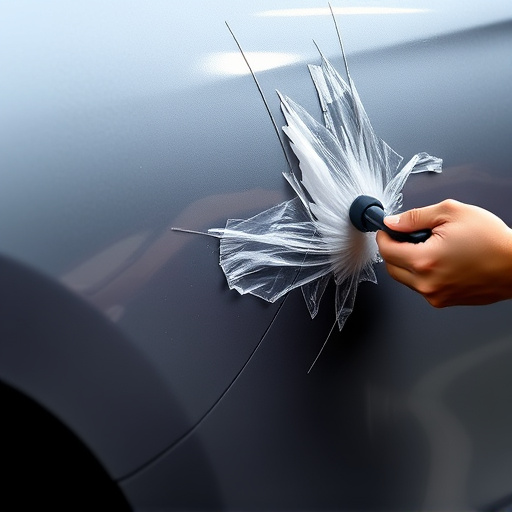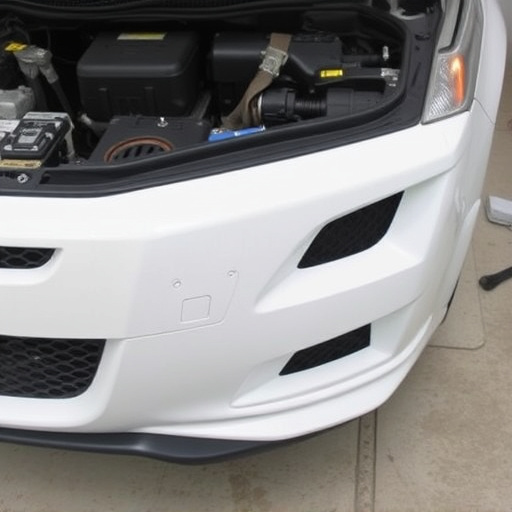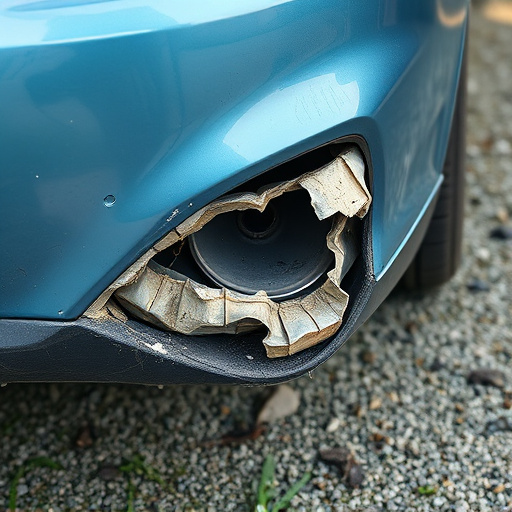Collision auto body shops begin repair processes with meticulous damage assessments using digital scanners and manual inspections. Repair timelines vary based on damage extent, shop workload, parts availability, and weather conditions. The restoration involves disassembly, specialized repairs, frame straightening, painting, and reassembly to ensure structural integrity and a like-new appearance.
When your vehicle suffers damage in a collision, understanding the repair timeline at a collision auto body shop is crucial. This comprehensive guide delves into the key stages of the restoration process. From assessing damage and estimating time based on various factors, to the meticulous restoration process, you’ll gain insights into how these shops transform damaged cars back into pristine conditions. Learn about the steps involved and what influences the timeline at collision auto body shops.
- Assessing Damage: The Initial Step in Repair
- Estimating Time: Key Factors Influencing Timeline
- Restoration Process: From Parts to Perfection
Assessing Damage: The Initial Step in Repair
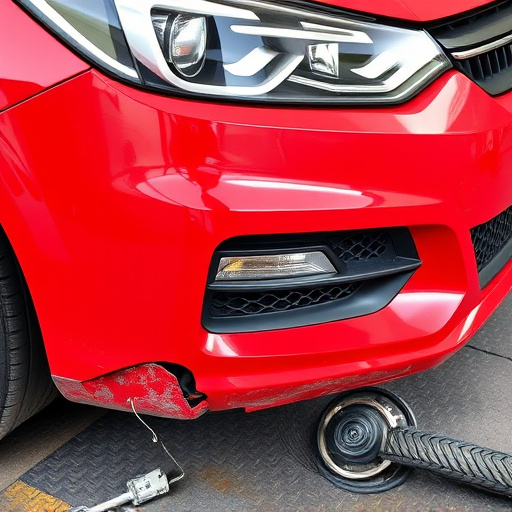
Assessing Damage is a meticulous process that forms the very first step in any collision auto body shop’s repair journey. It involves a thorough examination of the affected vehicle to identify and document every dent, crack, or misalignment caused by the incident. Skilled technicians utilize various tools and techniques during this phase, ranging from high-tech digital scanners to manual inspections, to accurately determine the extent of the damage. This comprehensive evaluation not only helps in devising a precise repair strategy but also sets the stage for an efficient and effective restoration process at the collision auto body shop.
For instance, in the case of hail damage repair, the car body shop’s experts will closely inspect the exterior panels, underbody components, and even interior elements to account for any hidden impacts. Similarly, when dealing with a Mercedes-Benz collision repair, the precision required is paramount, ensuring every intricate detail is considered to maintain the vehicle’s original aesthetics and structural integrity.
Estimating Time: Key Factors Influencing Timeline
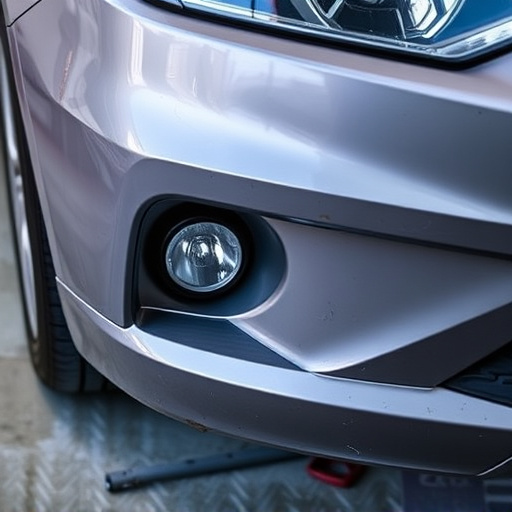
Estimating the timeline for vehicle repairs at a collision auto body shop involves considering several key factors that can significantly influence the process. One of the primary determinants is the extent of damage to the vehicle, which ranges from minor scuffs and scratches (often requiring only paint touch-up and car dent removal) to severe impacts that may necessitate structural repairs and complete vehicle paint repair. Complex repairs naturally take more time due to the intricacy of the work.
Other factors include the shop’s workload, availability of parts, and the skill level of their technicians. During peak seasons or when dealing with high-demand parts, delays can occur. Conversely, a well-organized shop with efficient processes and highly skilled workers may be able to compress the timeline. Additionally, weather conditions can play a role, especially in regions where severe weather disrupts operations or affects paint drying times.
Restoration Process: From Parts to Perfection
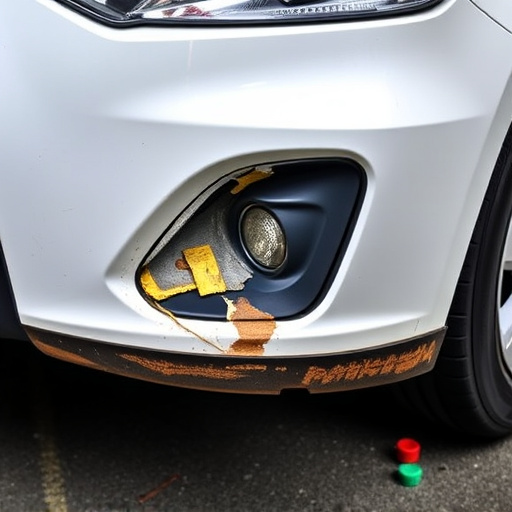
The restoration process at a collision auto body shop is an intricate dance that transforms damaged cars into gleaming machines. It begins with meticulous assessments to identify the extent of the damage, followed by disassembly and separation of components. Skilled technicians then dive into the intricacies of each piece, whether it’s frame straightening or intricate automotive body work. Every part is examined, repaired, or replaced as needed to ensure it meets the highest standards.
Once the individual components are restored to their pristine condition, the real magic happens in the paint booth. Here, a meticulous process of sandboarding, priming, and painting restores the car’s exterior to its original finish or even enhances it with modern colors and finishes. Finally, reassembly begins, where every piece is carefully put back into place, ensuring not just visual perfection but also structural integrity. The end result is a vehicle that looks and performs like new, ready to hit the road again with confidence.
Collision auto body shops follow a meticulous process to restore vehicles to their pre-accident condition. By understanding the key factors influencing repair timelines, owners can better navigate the restoration process. From assessing damage and estimating time to the actual restoration, each step is crucial in ensuring a timely and quality outcome. When selecting a collision auto body shop, prioritize professionals who communicate clearly and adhere to industry standards, ensuring your vehicle’s return to its road-ready best.
